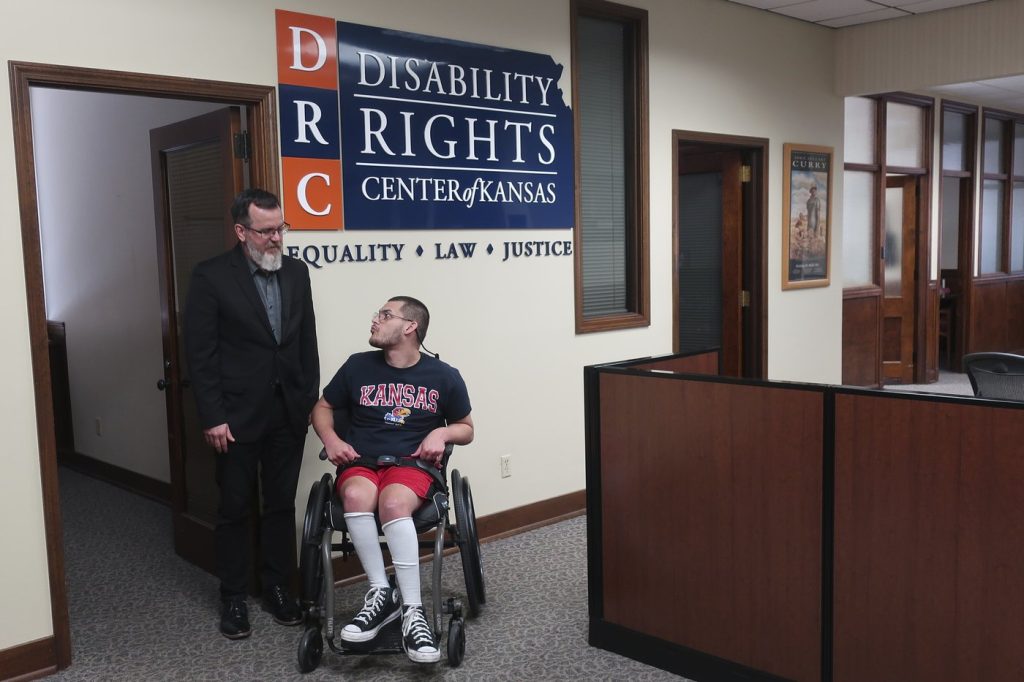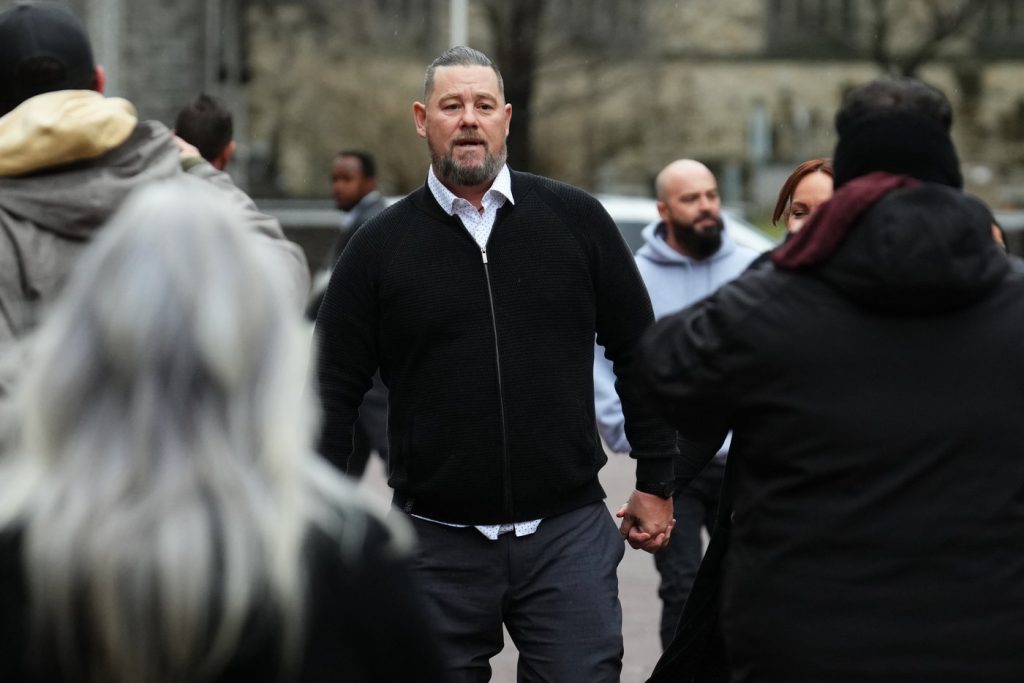TOPEKA, Kan. (AP) – Nancy Jensen shares her personal experience of living in an abusive group home, which was ultimately shut down in 2004 with the aid of the Disability Rights Center of Kansas. This organization has been a vital advocate for Americans with disabilities for decades, primarily funded by federal money. However, the continuity of this funding has come into question under the Trump administration, raising significant concerns among disability rights groups across the nation as the 35th anniversary of the Americans with Disabilities Act approaches.
Federal funding plays a critical role in the operations of disability rights organizations, enabling them to assist individuals seeking government-funded services and to challenge states to improve community services. Documents from President Donald Trump's budget proposals indicate plans to eliminate funding for three specific grants dedicated to disability rights centers and to significantly reduce funding for another. The Senate Appropriations Committee is set to discuss these matters, leaving the centers apprehensive about potentially losing over 60% of their federal funding.
The potential budget cuts come at a challenging time, as advocates anticipate an increased demand for assistance, particularly following recent tax and budget laws that complicated Medicaid health coverage by introducing a new work-reporting requirement. This year not only marks the 35th anniversary of the Americans with Disabilities Act but also the 50th anniversary of the federal law that established the framework for state disability rights networks. Advocates stress that Trump's proposed cuts would represent the largest reductions in federal disability rights funding in fifty years.
Jensen, who now serves as the president of Colorado's advisory council for federal funding of efforts to support people with mental illnesses, voiced her concerns about the implications of potential funding cuts. She fears that individuals with disabilities could be left without the necessary support to challenge housing discrimination or access essential services in education and employment. The anticipated savings from these cuts are meager compared to the overall federal discretionary spending, which totals around $1.8 trillion.
In response to the criticism from disability rights groups, the Trump administration has suggested that its budget proposals would offer states greater flexibility. The Office of Management and Budget did not respond directly to inquiries regarding this criticism, but the administration has argued that federal funding for disability rights centers imposes an unnecessary administrative burden on states. Russell Vought, a senior budget advisor, indicated that the review of 2025 spending revealed that too many resources were allocated to "niche" groups outside government.
Disability rights advocates remain skeptical about the likelihood of states adequately funding protection and advocacy groups (P&As) without federal support. The independence of these groups is crucial, as they often hold states accountable through legal actions; the original 1975 federal law establishing P&As underscored this autonomy. Rocky Nichols, the executive director of the Kansas center, emphasized the need for an independent mechanism to ensure accountability for the treatment of individuals with disabilities.
Organizations like Disability Rights Texas and the Kansas Disability Rights Center have successfully aided individuals like Matthew Hull, a wheelchair user who receives essential services through Medicaid. However, with potential budget cuts looming, executive director Sean Jackson from Disability Rights Texas warned that fewer resources would likely hinder their capacity to take on cases and provide necessary services. The federal funds constitute a substantial portion of many disability advocacy groups’ budgets, with some organizations relying heavily on these dollars for their operations.
The Trump administration's approach has led advocates to fear the diminishing landscape of P&As, with some suggesting that the proposed budget reflects an intention to dismantle these critical protections for individuals with disabilities. Historical evidence points to the productivity of federal funding, which allowed investigations into programs suspected of exploiting individuals with disabilities. For example, a call to Disability Rights Iowa resulted in a swift investigation into living conditions for men with developmental disabilities, underscoring the importance of funded advocacy.
In conclusion, the ongoing discussion surrounding federal budget cuts to disability rights organizations signifies a pivotal moment for advocates and individuals with disabilities, who rely on these services for equitable access to resources and protection against discrimination.










